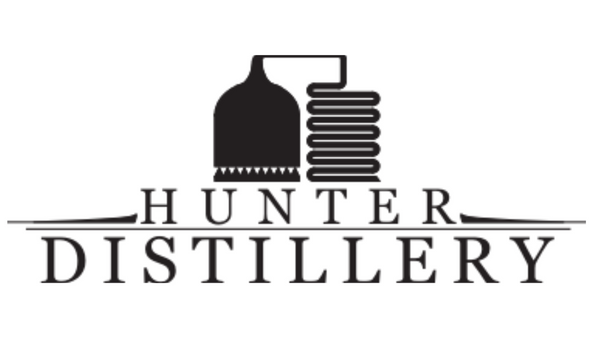
Popcorn Iced Chocolate
Popcorn Iced Chocolate
Pour chocolate sauce around the inside of the glass
Add ice cream
60ml Popcorn Liqueur
Top with milk and a dollop of whipped cream.
Garnish with popcorn.

Chocolate in Cocktails? Why?
Chocolate, with its rich history and decadent flavors, has found its way into the world of cocktails for several reasons:
Sensory Appeal: The creamy and luxurious texture of chocolate, combined with its indulgent taste, appeals to many people's sensory preferences.
Its velvety profile can add depth and richness to a drink, making it feel more lavish.
Versatility of Flavors: Chocolate isn't one-dimensional. It comes in various forms - dark, milk, white, and everything in between. This spectrum of flavours, from the deep bitterness of dark chocolate to the sweet creaminess of white chocolate, allows mixologists to craft a wide range of cocktails.
Historical Context: Chocolate, like alcohol, has ancient roots. Originating from the Mesoamerican cultures, it was often consumed as a beverage.
This long-standing tradition of consuming chocolate in liquid form makes its transition into alcoholic drinks quite natural.
Pairing Potential: Chocolate pairs exceptionally well with many spirits and flavours commonly used in cocktails.
Whether it's the classic combination of chocolate and mint, the warming mix of chocolate and chili, or the elegance of chocolate with coffee or orange, its adaptability allows for a myriad of cocktail creations.
Mood Enhancer: Chocolate contains compounds like theobromine and phenylethylamine, which can elevate mood.
The combination of these feel-good chemicals with the relaxing properties of alcohol can create a doubly pleasurable experience.
Thematic Fit: Chocolate cocktails fit perfectly with certain themes or occasions.
For instance, Valentine's Day or winter holiday parties might feature chocolate-based drinks to complement the festive, indulgent atmosphere.
Culinary Trends: The culinary world has seen a fusion of ingredients and techniques from various disciplines, including pastry and mixology.
This cross-over has led to the integration of ingredients like chocolate into cocktails, mirroring the broader trend of blending culinary arts.
Visual Appeal: The rich brown hue of chocolate can be visually striking, especially when contrasted with other ingredients.
A chocolate drizzle or cocoa powder garnish can elevate the presentation of a cocktail.
Chocolate's popularity in cocktails can be attributed to its historical significance, diverse and adaptable flavours, and its ability to elevate the sensory experience of a drink. The multifaceted nature of chocolate ensures its continued prominence in the evolving world of mixology.
